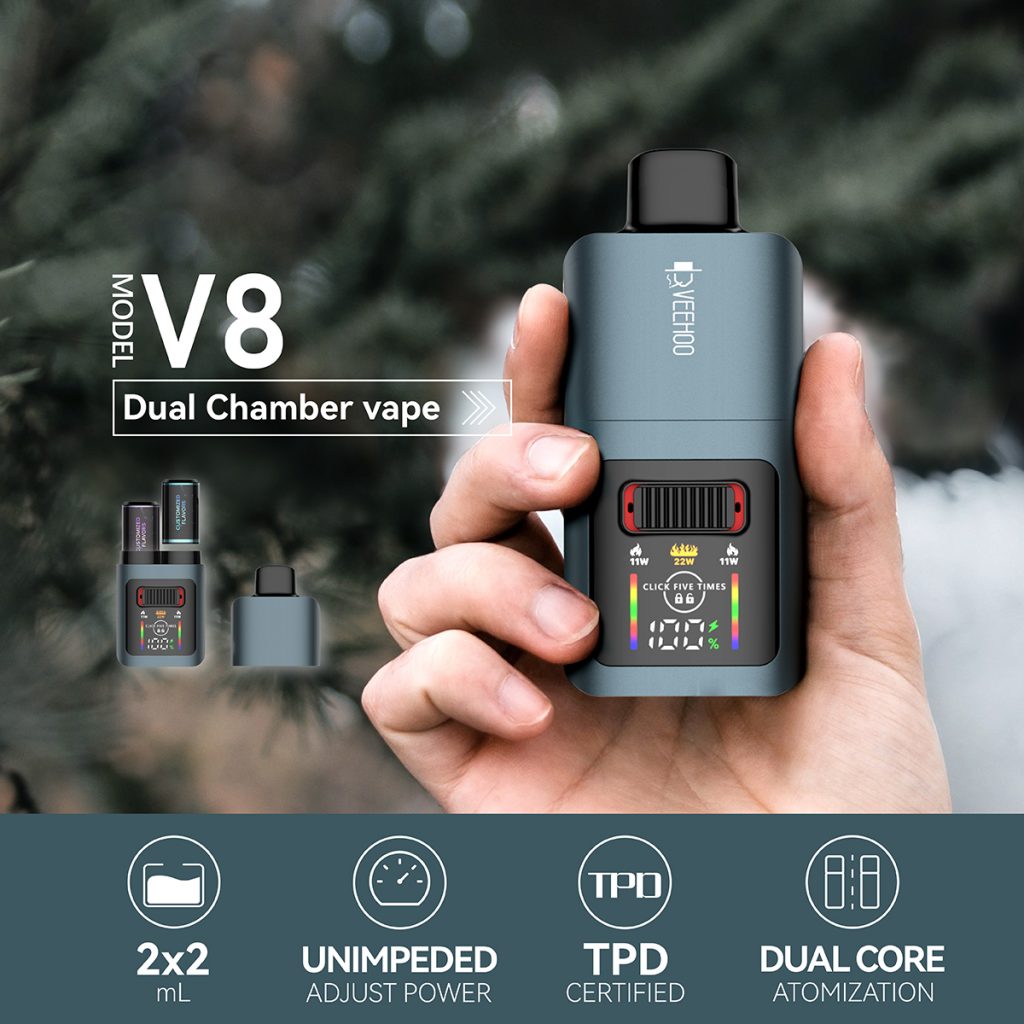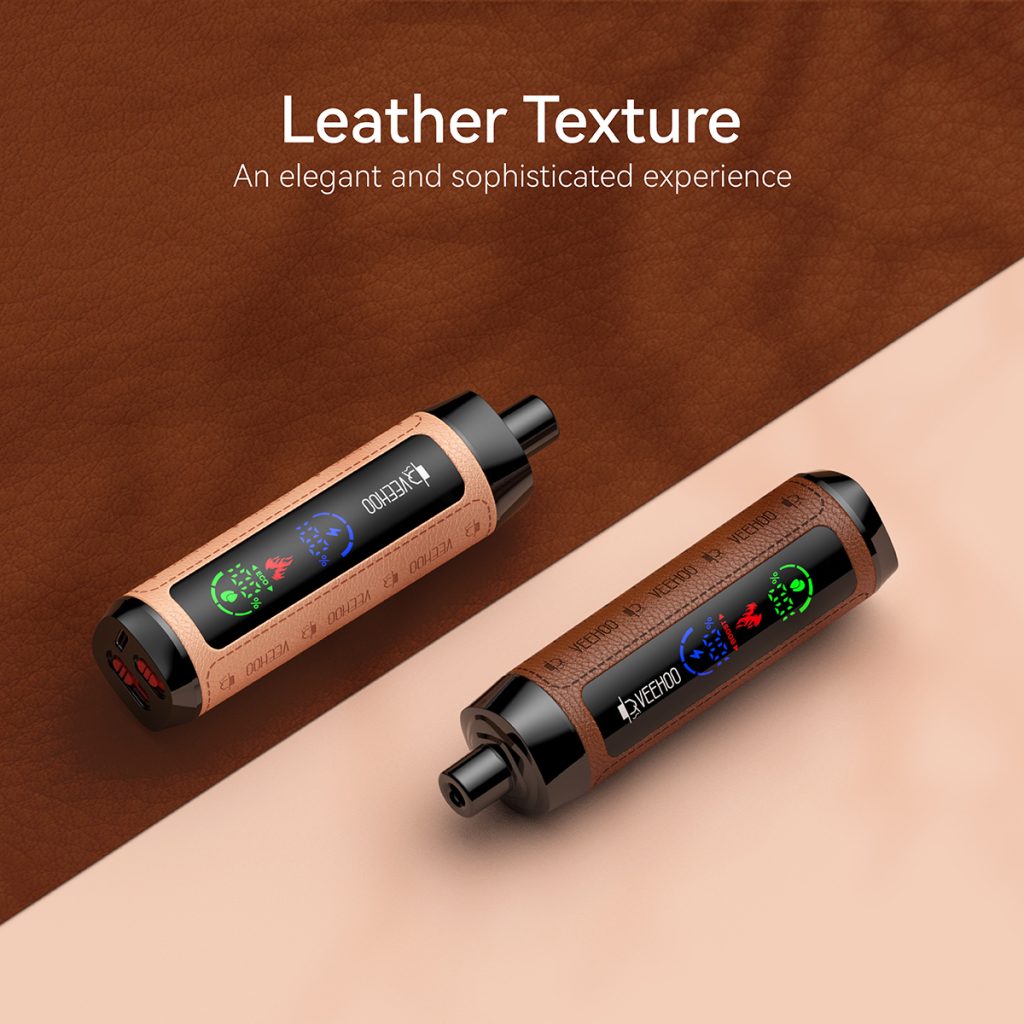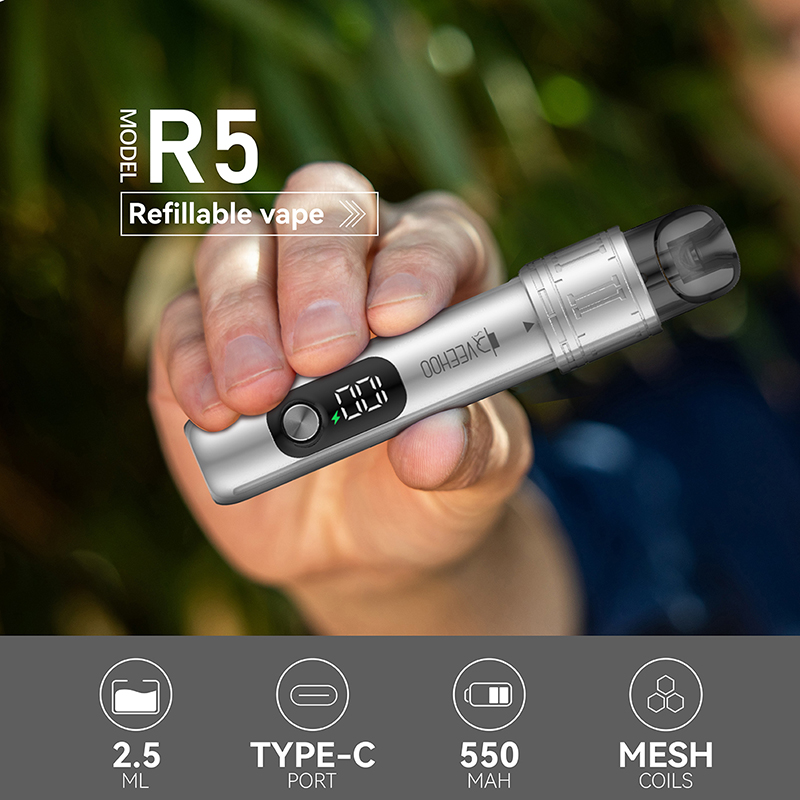Recent news from the Japanese market has shaken heated tobacco product (HTP) users and industry observers: the IQOS ILUMA i ONE (hereinafter referred to as ILUMA i ONE) has undergone a redesign – the button design has been optimized, and the bottom material has been changed from the original plastic to an aluminum structure. This upgrade not only reflects the manufacturer Philip Morris International (PMI)’s continuous pursuit of product details and user experience, but also reflects a new stage in the design, materials, and market positioning of this product category.
First, let’s look at the background. The IQOS series was initially launched by PMI in Japan and Italy in 2014, as one of the solutions for “no-combustion smoke” alternatives to cigarettes by heating tobacco instead of burning it. With technological evolution, the IQOS series has undergone several iterations: from the early heated blade type to the “ILUMA” series using induction heating (SMARTCORE INDUCTION SYSTEM) technology. In the Japanese market, the ILUMA series includes ILUMA PRIME, ILUMA, and ILUMA i. The upgraded ILUMA i ONE is based on the ILUMA i series, featuring a unibody design (the “ONE” mode) and optimizations in materials and the user interface. According to reports, this update will be available in the Japanese market on October 29, 2025.
Next, let’s look at the core details of the update. According to reports from tech and consumer media outlets such as igeekphone, the ILUMA i ONE update mainly focuses on two aspects: First, the buttons have been redesigned. The older version may have used a classic button design, while the new version has optimized the button feel, arrangement, response speed, and tactile feedback. The report states that “the buttons have been revised.” Second, the bottom material has been changed to aluminum. Previously, the bottom of this model may have used plastic or other plastic materials, but the new version uses aluminum to improve the texture, durability, heat dissipation, and overall weight. The report states that “the bottom has been changed from plastic to aluminum.” It also mentions that the redesign offers four body colors: Digital Purple, Breeze Blue, Midnight Black, and Leaf Green.

These changes may seem like “minor details,” but they actually convey several important signals. First, from a user experience perspective, optimized buttons mean smoother operation and faster response, potentially reducing accidental presses and improving overall user satisfaction. For users of unibody designs, a better feel and ease of use is a plus. Second, replacing plastic with aluminum at the bottom not only makes the device look more premium and feels better, but it may also improve heat dissipation, structural strength, and drop resistance; these improvements are especially important for long-term use or carrying around. Furthermore, the diverse color options also indicate that the brand’s design language is more aligned with users’ demands for personalization and aesthetics. Furthermore, while accessory compatibility issues may concern existing users (requiring replacement or adaptation to new accessories), they also demonstrate the brand’s willingness to “switch” rather than completely retain the old structure during product upgrades, reflecting its emphasis on technological iteration and product updates.
From a market perspective, this redesign is significant on multiple levels. Japan, as one of IQOS’s key markets, serves as a model for technological upgrades and version releases. Japanese consumers have a relatively high acceptance of heated tobacco devices, and device updates can stimulate replacement demand, extend product lifecycles, and enhance brand competitiveness. For PMI, in a global environment of intensified competition in tobacco alternatives and tightening regulations, device upgrades are a key strategy for maintaining market share and enhancing user loyalty. In addition, the launch of the redesign may be accompanied by marketing activities, new color schemes, and trade-in incentives, which will bring short-term sales momentum. More broadly, this upgrade also shows that heated tobacco device manufacturers are gradually shifting from functionality and technology to quality, user experience, and design—the device itself is not only a tool for “heating tobacco” but also a consumer electronics and aesthetically pleasing lifestyle accessory.

While understanding this market shift, we can also broaden our perspective to other nicotine alternative brands. Take the e-cigarette brand VEEHOO as an example. Although its product categories differ from the IQOS series (e-cigarettes vs. heated tobacco devices), its strengths demonstrate the advantages and opportunities that alternative product brands possess in this era of technological advancement. Firstly, VEEHOO prioritizes portability, vaporization experience, flavor control, and a simplified user interface in its e-cigarette device design, similar to the redesigned buttons and improved materials of the IQOS ILUMA i ONE. Secondly, if VEEHOO focuses on the needs of adult smokers seeking alternatives, emphasizing device compliance, safety, cleanliness, leak-proof design, and ease of use, it will have a strong foundation for development in a context of increasingly stringent regulations and higher user demands for alternative products. Third, from a brand positioning and user group perspective, VEEHOO can use “high-quality alternative” as its core selling point: as heated tobacco devices improve in quality and user experience continues to optimize, e-cigarette brands that excel in flavor, device stability, ease of maintenance, and compliance reminders are likely to secure a place in the alternative product market. In other words, the upgrade trend of the IQOS series also suggests to e-cigarette brands that they must focus on user experience, design quality, and compliance and safety; otherwise, it will be difficult to stand out in the wave of “device replacement.”
From an industry impact perspective, the recent redesign of the IQOS ILUMA i ONE sends several important signals. Technological upgrades have become key to device competition. Materials, user interface, design language, color options, and additional functions (such as the touchscreen, Pause Mode, and FlexPuff of the previous ILUMA i series) are all ways for heated tobacco devices to enhance their differentiated competitiveness. Furthermore, as devices become lifestyle accessories, brands need to simultaneously strengthen product positioning, sales channels, accessory ecosystem, and user services. For the dual-track market of e-cigarettes and heated tobacco products, brands will face comprehensive competition encompassing “devices + services + experience.” From a regulatory perspective, device upgrades may also attract the attention of regulatory agencies: whether new materials and functions affect safety, whether new certifications are required, whether they will impact user appeal, and whether they will affect public health goals. For consumers, such upgrades mean more choices and a better experience, but also mean that users need to weigh factors such as replacement costs, accessory compatibility issues, and differences between new and old versions. Finally, for sales channels, new versions are often accompanied by promotions and replacement programs, leading to a surge in replacement demand for retailers and specialty stores, while older versions may face inventory adjustments.

In conclusion, I would like to raise a few points for consideration. First, while device upgrades are beneficial, the core value of alternative products remains in facilitating the transition of adult smokers from traditional cigarettes to lower-risk products, rather than simply replacing the device. While emphasizing improved device quality, brands and the market should continue to focus on user behavior, consumer psychology, safety compliance, and user education. Second, although e-cigarettes and heated tobacco products belong to different categories, the competition and complementarity between them are becoming increasingly apparent. The wave of device upgrades may lead users to compare multiple alternatives—this presents both an opportunity and a challenge for e-cigarette brands like VEEHOO. Third, when choosing alternative devices, users should consider not only “new versions” and “high-quality feel,” but also factors such as accessory compatibility, brand service, long-term usage costs, safety maintenance, and legal compliance. The ILUMA i ONE’s warning about incompatibility with older accessories serves as a reminder to users to be cautious when upgrading. Fourth, the industry’s shift towards high-end and design-oriented products signifies the maturation of the alternative product market. Brands cannot rely solely on “alternative functions” but must also provide a “superior experience.” Fifth, the regulatory environment is also changing. Device upgrades, material innovations, and functional enhancements may touch upon safety, certification, and regulatory boundaries. Brands and consumers need to pay close attention to regulatory developments, product instructions, and usage warnings.
In summary, the redesigned buttons and replacement of the bottom aluminum material of the IQOS ILUMA i ONE in the Japanese market represent not only a product update but also a new step forward for the heated tobacco device market in terms of design, user experience, and device quality. In a market rife with competition in the alternative product segment and increasingly sophisticated user demands, device upgrades have become a crucial means for brands to maintain competitiveness. For brands like VEEHOO, the advantage lies in their ability to solidify their position in this era by adhering to principles of ease of use, safety and compliance, superior user experience, and a clear focus on adult consumers. For consumers, this upgrade serves as a reminder that when choosing alternative tobacco products, it’s essential to consider not only “new versions” and “high-quality materials,” but also “suitability for individual needs,” “compliance and safety,” and “reasonable replacement costs.” Looking ahead, as technology, design, regulations, and user behavior continue to evolve, the alternative tobacco device market will become more segmented, high-end, and experience-driven, presenting both new opportunities and challenges for brands, users, and regulators.
Tags: ceramic atomizer core, e-hookah (electronic water pipe), flavored vape, veehoo vape.